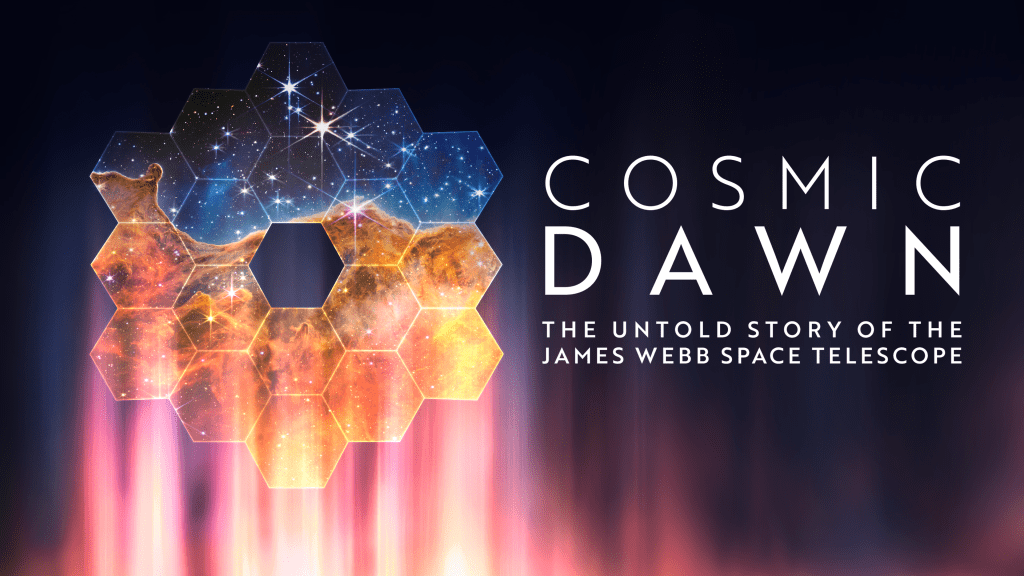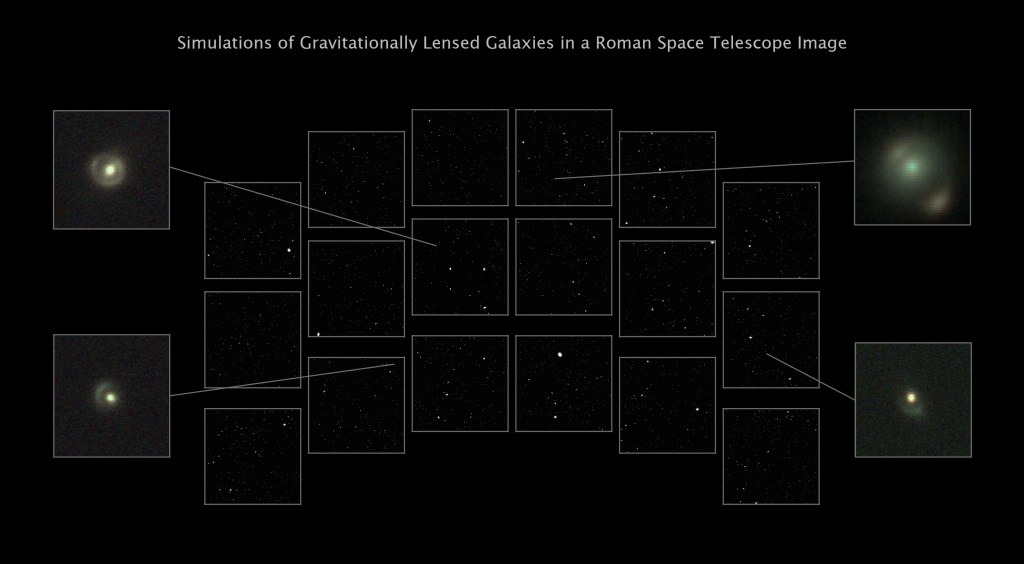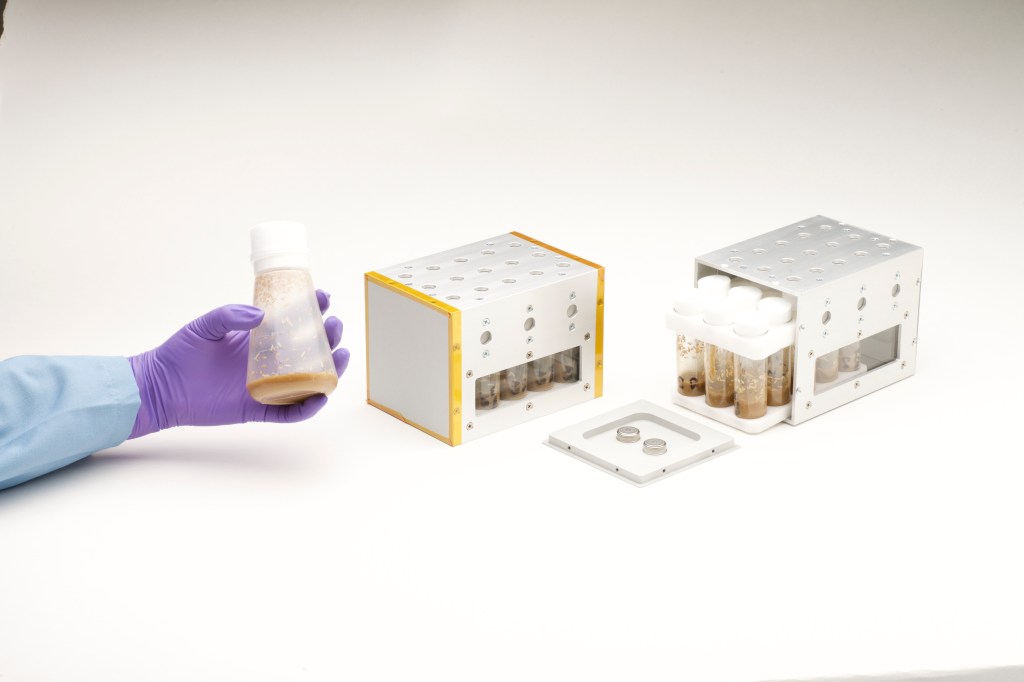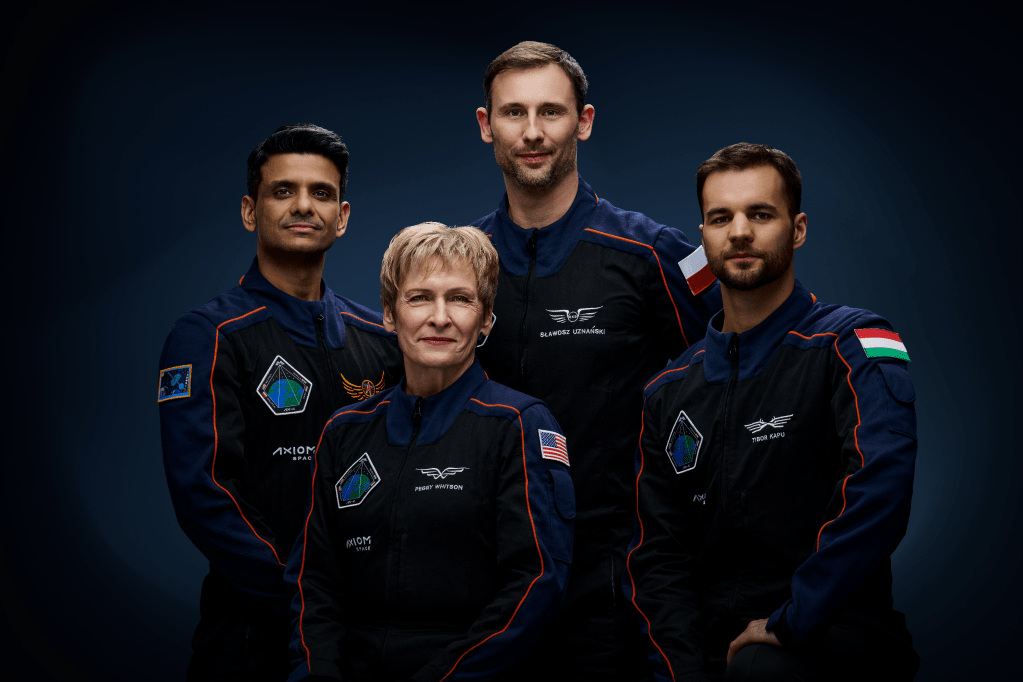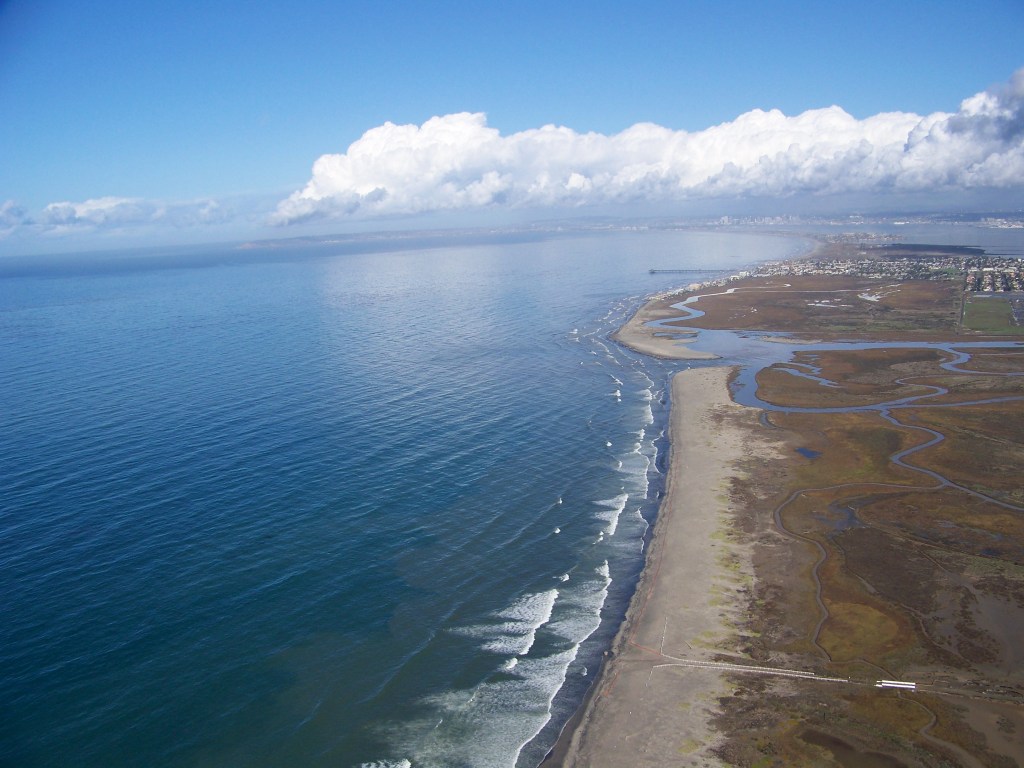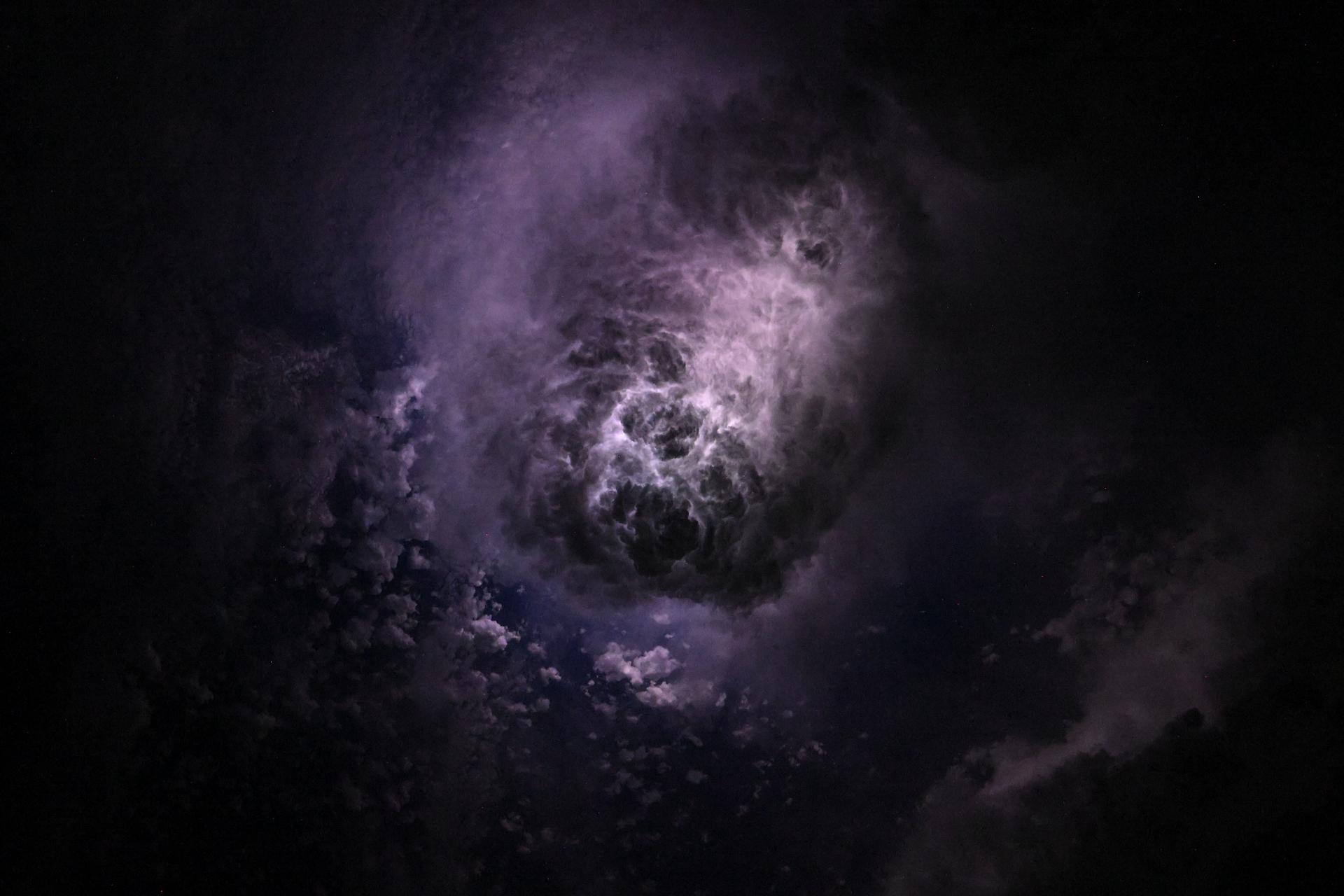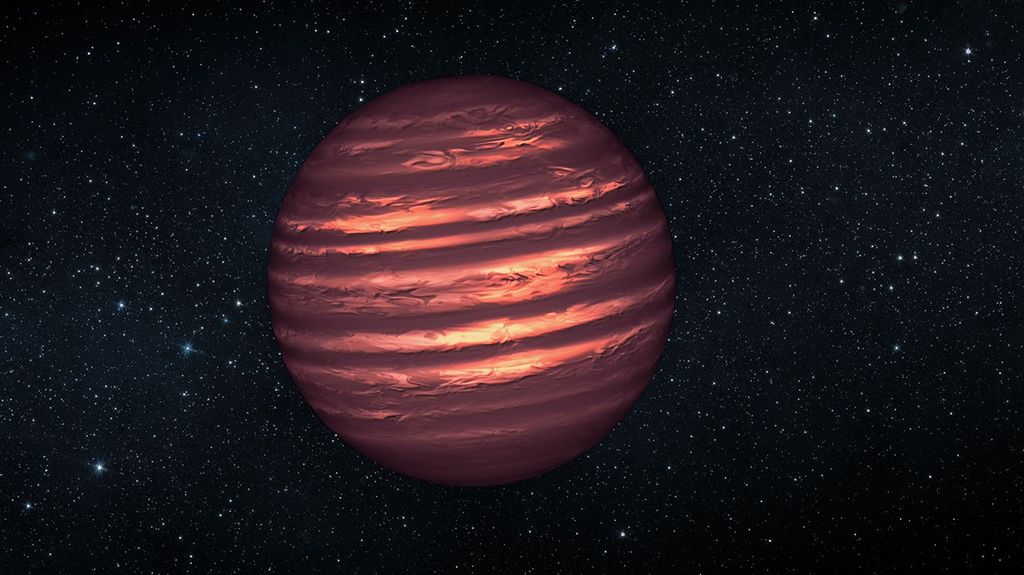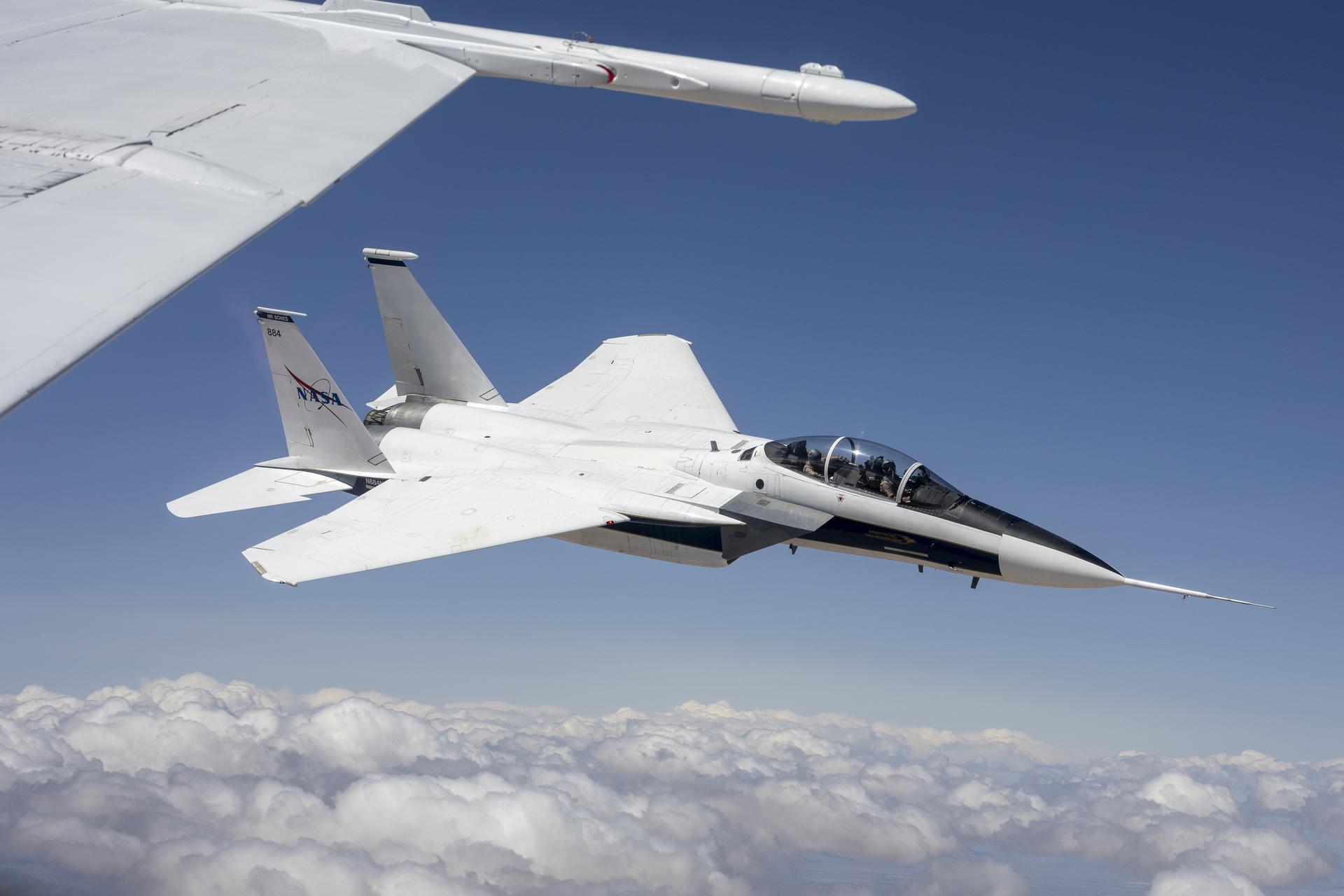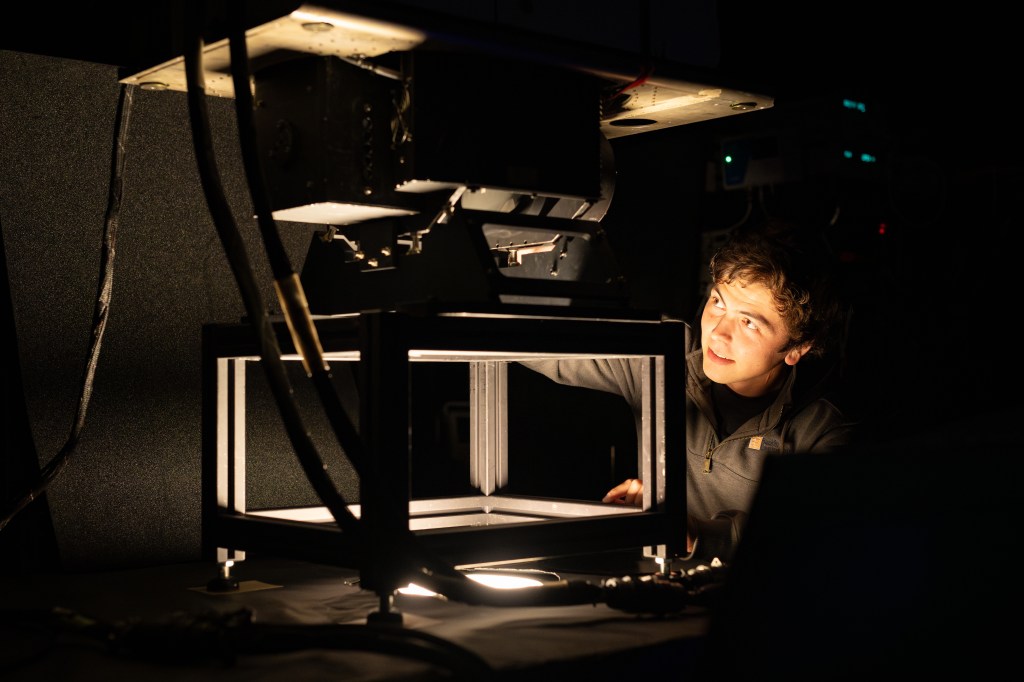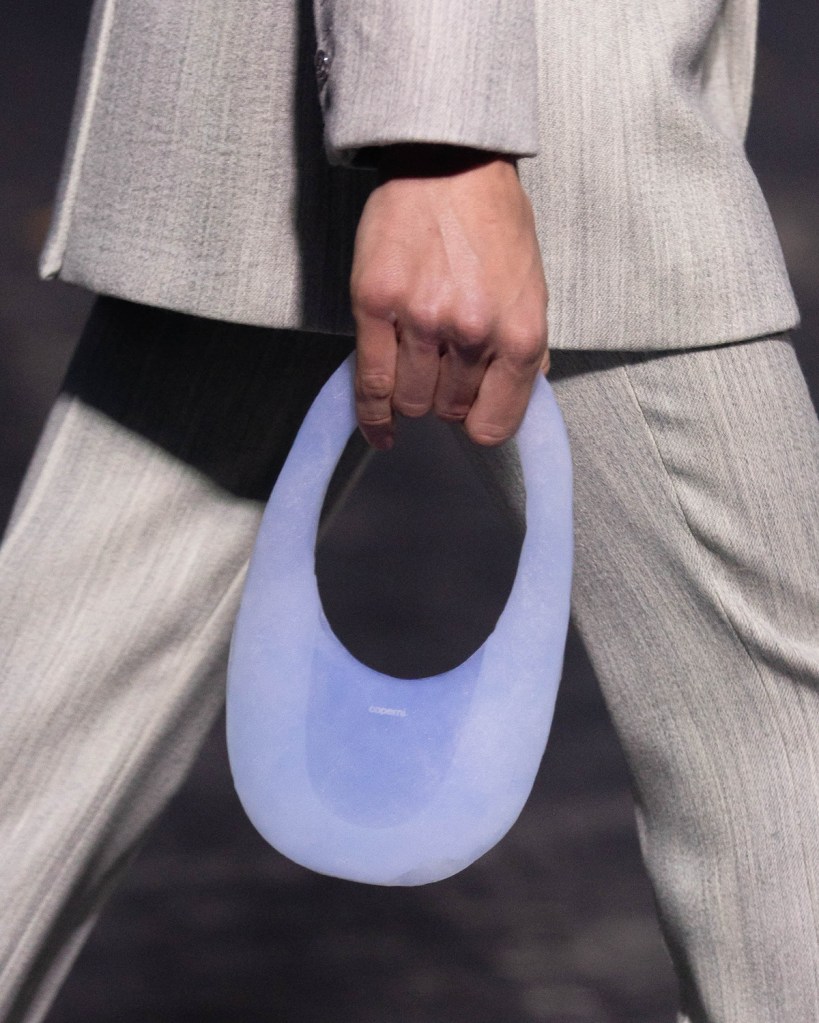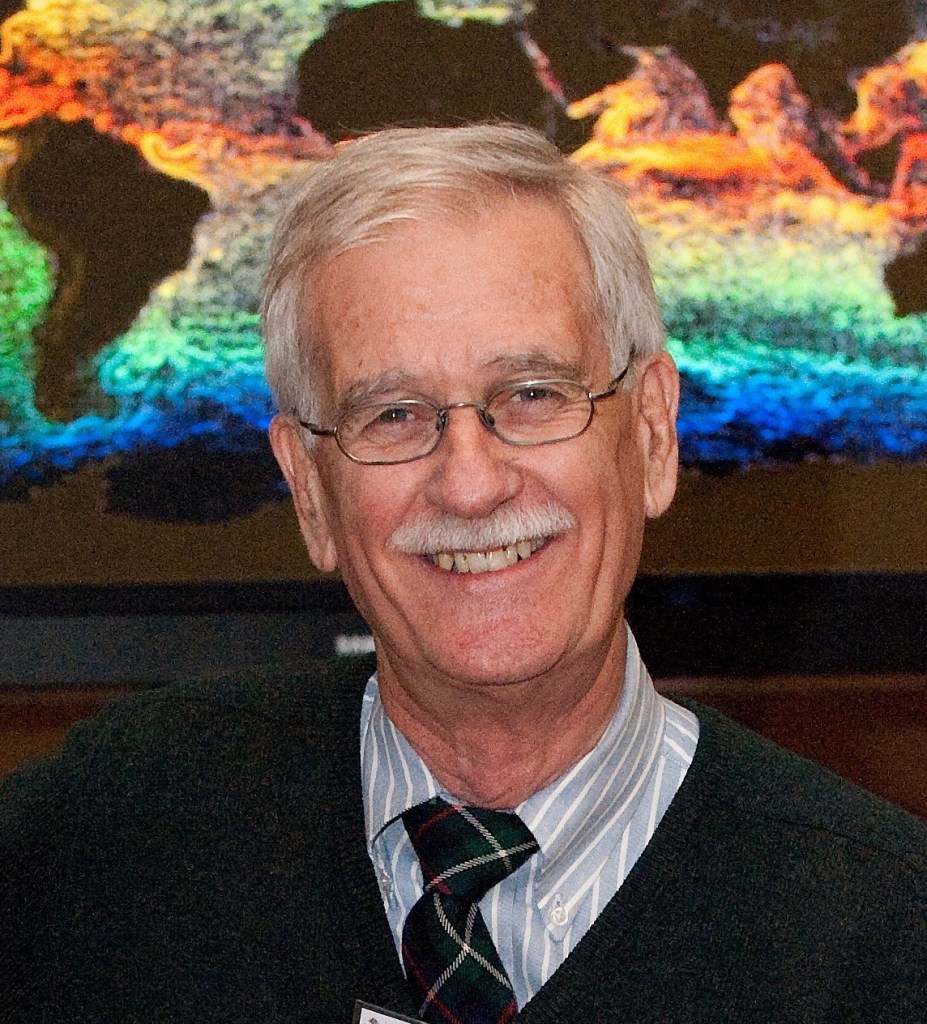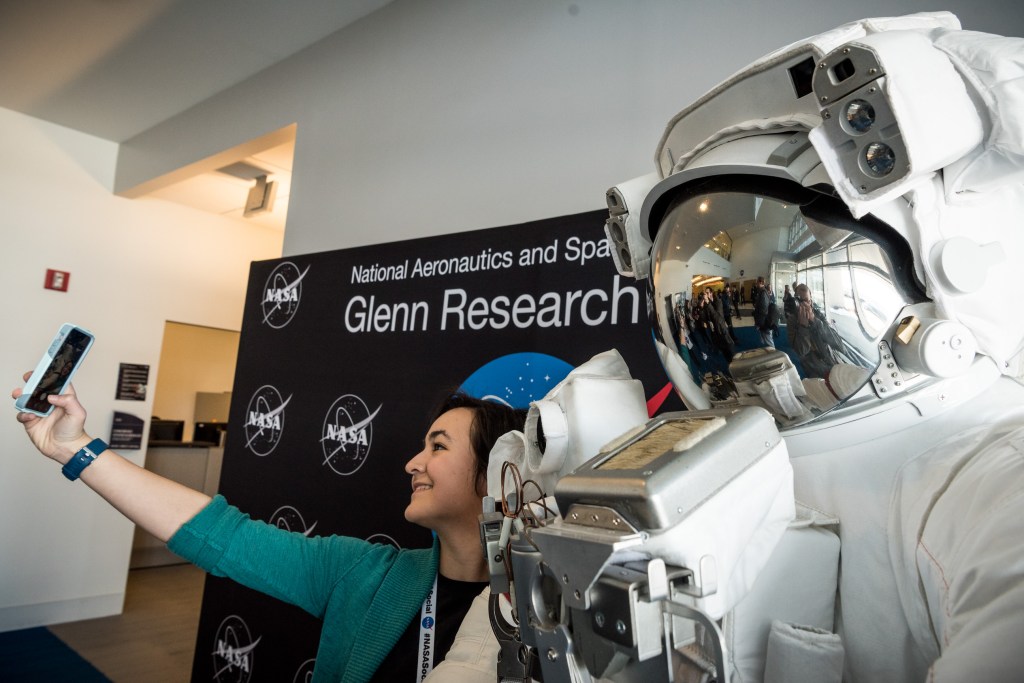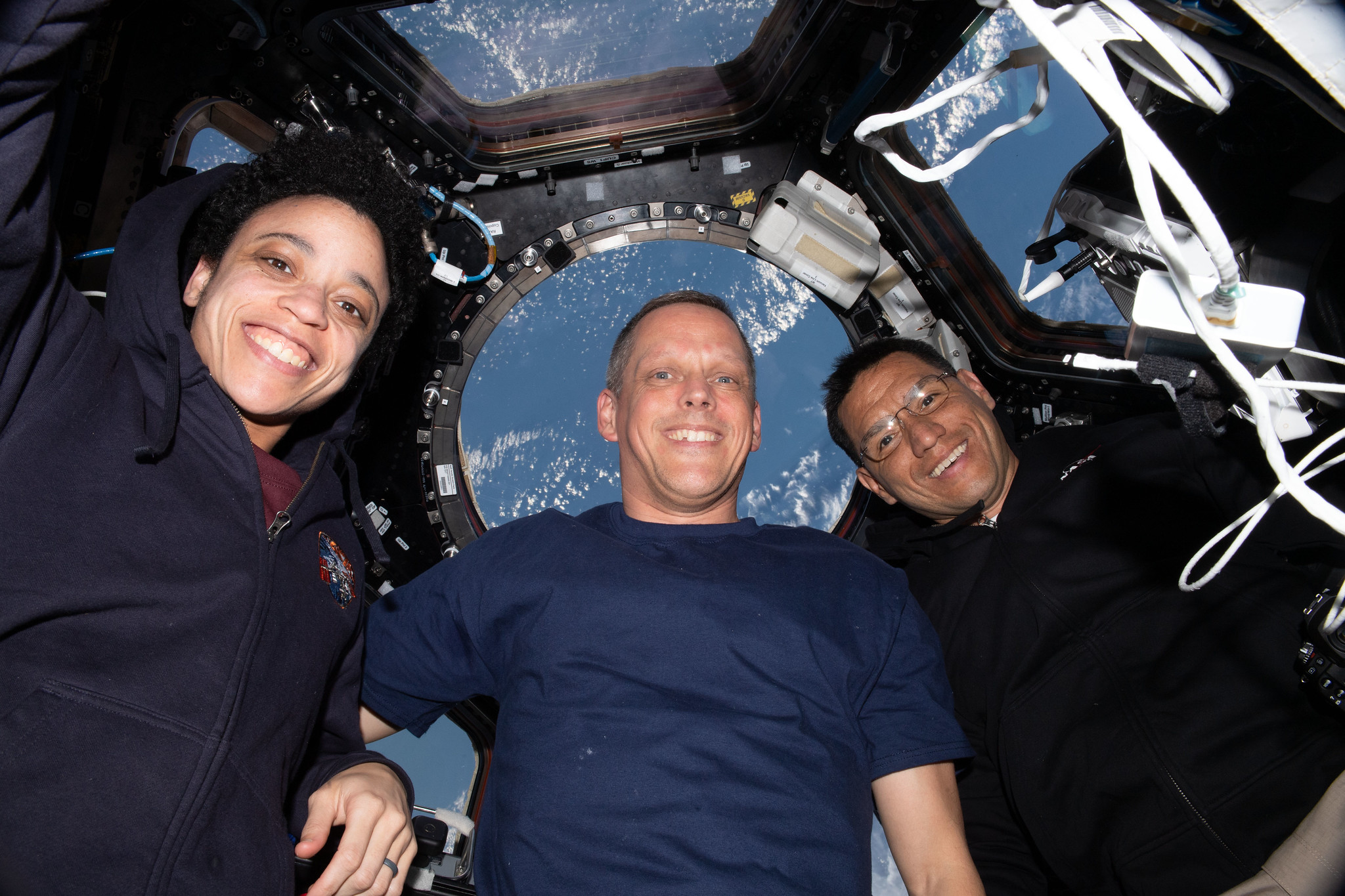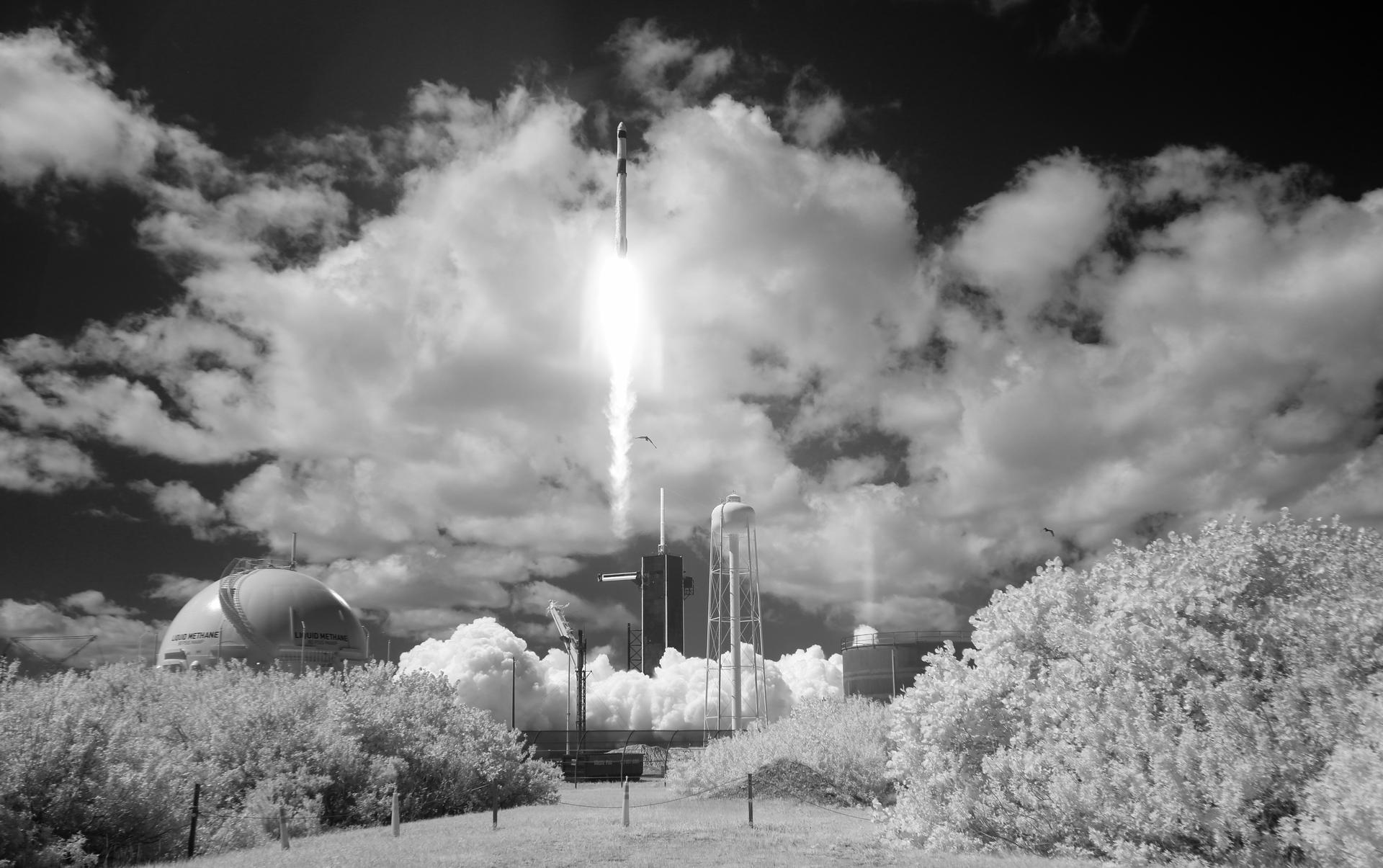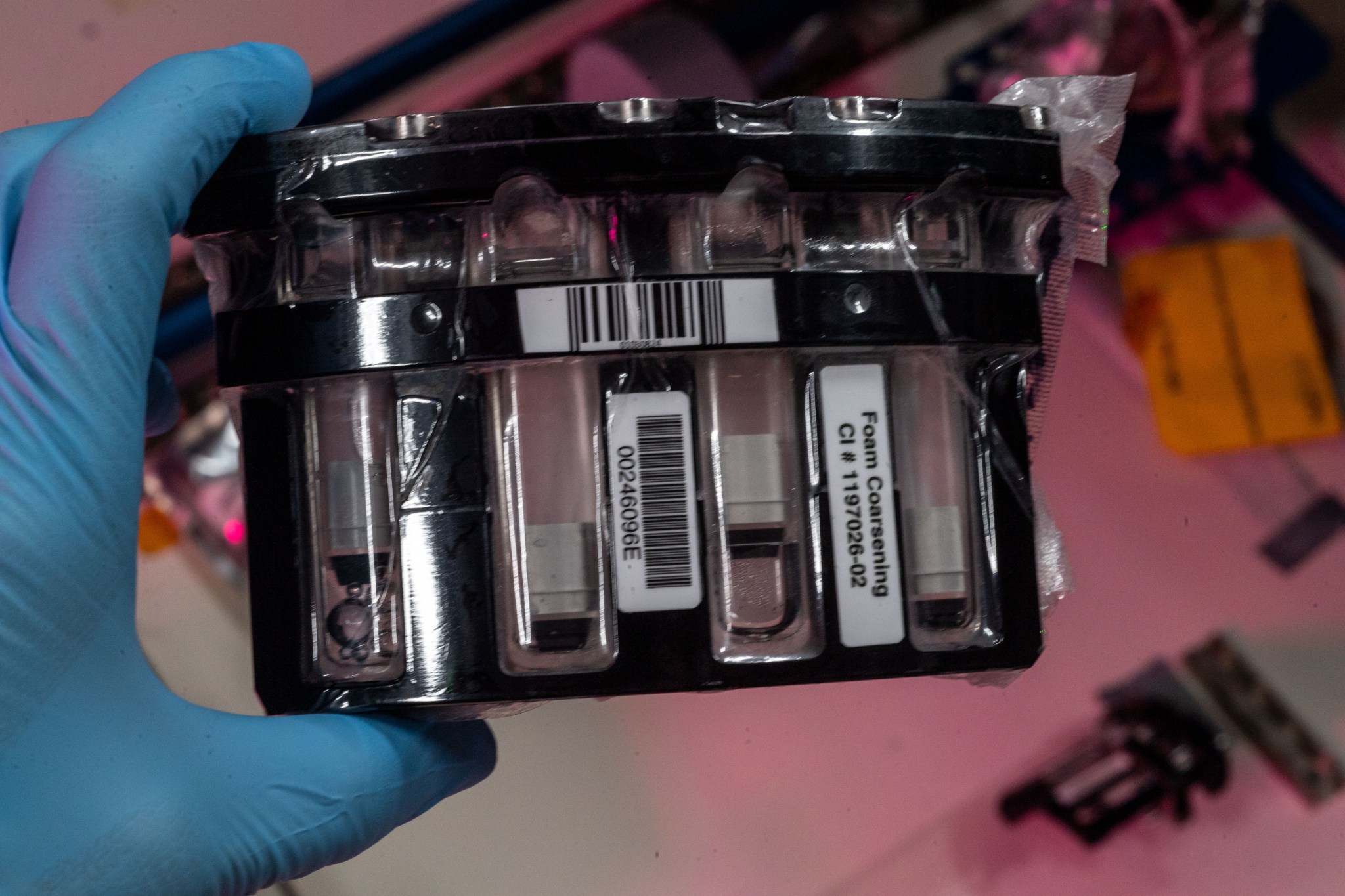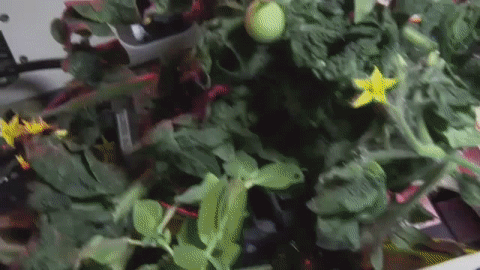Crew members aboard the International Space Station conducted scientific investigations during the week of Oct. 3 that included evaluating in-space production of optic fibers, examining changes in bacteria in microgravity, and examining the formation of wet foams in microgravity. SpaceX Crew-5 members Nicole Mann and Josh Cassada of NASA, Koichi Wakata of the Japan Aerospace Exploration Agency (JAXA), and Anna Kikina of Roscosmos arrived at the station and began their scientific mission on Oct. 6.
Here are details on some of the microgravity investigations currently taking place aboard the orbiting lab:
High quality fibers
The Space Fibers-3 investigation evaluates a method for in-space production of fiber optic cable from a blend of elements called ZBLAN that produces high-quality glass for fiber optics. Previous studies showed improved properties in fiber drawn in microgravity compared to that fabricated on the ground. Using the space station as a platform for manufacturing increases opportunities for commercial utilization. Higher-quality fibers offer dramatically lower transmission losses and the potential applications on Earth include improved imaging, remote sensing, and next-generation optical communications. During the week, crew members reviewed procedures and gathered materials in preparation for the investigation.
Monitoring the gut microbiome
Rhodium Space Microbiome Isolates characterizes changes induced by spaceflight in individual bacterial species from the human gut microbiome, a complex community of diverse bacterial species. Research shows a connection between alterations in the gut microbiome and multiple diseases. Studies also show that changes occur in the composition and function of the gut microbiome during spaceflight. Results could provide a better understanding of how spaceflight affects the human gut microbiome and lead to strategies to improve human health and function during future missions. A better understanding of how bacterial communities adapt and function in space also could support development of treatments and countermeasures to help maintain human health on Earth. Crew members prepared samples for the experiment during the week.
Behavior of foams
Foam Coarsening, an investigation from ESA (European Space Agency), examines bubble size and rearrangement for wet foams. Dispersions of gas into a liquid or solid matrix, foams behave differently in microgravity because drainage does not occur. Drainage is the irreversible flow of liquid through the foam, which leads to accumulation of liquid at the foam bottom and creation of a dry foam. Foams have a number of potential applications in microgravity, including fighting fires, cleaning water, and for creating materials that are lightweight with good mechanical resistance. On Earth, foams also have potential for cleaning water and fighting fires as well as for use in detergents, foods, and medicines. A better understanding of the properties of wet foam could help improve their control and design for these uses. During the week, crew members prepared samples for runs of the investigation.
Other investigations involving the crew:
- XROOTS uses the Veggie facility to test hydroponic (liquid-based) and aeroponic (air-based) techniques to grow plants without soil or other traditional growth media, which could enable production of crops on a larger scale for future space exploration.
- ESA’s Myotones investigation observes changes in muscle properties during long-term spaceflight. Results could support development of improved countermeasures for future space missions as well as alternative rehabilitation treatments for those experiencing the effects of aging and restricted mobility on Earth.
- Wireless Compose-2, an investigation from ESA, demonstrates an infrastructure for wireless transmission of data and a smart shirt for measuring forces generated by the heart as it moves blood. This technology could help monitor the health of astronauts on future missions, and this investigation also could improve use of the technology on the ground.
- Vascular Aging, an investigation from the Canadian Space Agency (CSA), analyzes accelerated aging-like changes astronauts experience in space. Results could help assess the potential risks to crew health on future missions and support development of countermeasures and treatments for the effects of aging in people on Earth.
- Standard Measures collects a set of core measurements, including data on behavioral health and performance, cellular profiles and immunology, the microbiome, biochemistry markers, sensorimotor changes, and cardiovascular health. These data help researchers characterize adaptive responses to living and working in space and monitor the effectiveness of countermeasures.
- ISS Ham Radio sessions engage students, teachers, parents, and other members of the community in direct communication with astronauts via ground-based amateur radio units. This experience helps inspire interest in science, technology, engineering, and math.
John Love, ISS Research Planning Integration Scientist
Expedition 68

